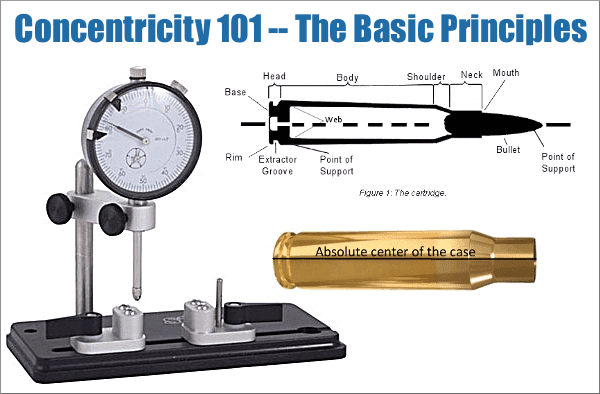GW Hunter
Well-Known Member
Probably going to get one of these, I have one question though. When the dial indicator moves between values, is the runout value half of the total movement?
 Help Support Long Range Hunting Forum
Help Support Long Range Hunting Forum
If I'm reading your question right the value you are seeing is the full value of runout you have
Joe
Probably going to get one of these, I have one question though. When the dial indicator moves between values, is the runout value half of the total movement?
You are correct Joe.
When you rotate the case one full revolution. It measures the total run out of the case neck.
Only if you subtract the variations in neck thickness, meaning if the case neck varies .003 in neck thickness you subtract .003 from the neck runout.



OK, I get that. Maybe I'm over thinking it but, without taking into account neck thickness for simplification, If the neck measures .004 out wouldn't it have to move .002 to even out? making the run out .002? Am I looking at it incorrectly? Thanks for your patience...



As long as the fired case body does not warp and become egg shaped the Sinclair gauge is spinning the case on its center axis. Meaning any runout you see is the total amount of runout.

Below the case neck has been pulled off center by the expander and the bullet is rubbing on one side of the throat.

This is why the Forster full length benchrest dies with their high mounted floating expander produce cases with so little neck runout. The expander enters the case neck while the neck is held and centered in the neck of the die and does not pull the necks off center.

